Enter the immersive world of film noir at a disused hospital in Venice
Fondazione In Between Art Film returns to Venice with ‘Nebula’, by curators Alessandro Rabottini and Leonardo Bigazzi

Two years ago, ‘Penumbra’ was a surprise hit at the Venice Biennale. Who would have thought a group show of film would be so popular at an event where people are known to ‘power walk’ through exhibitions that have been months or even years in the making?
For the Venice Biennale 2024, the Fondazione In Between Art Film – which commissions art films and stages exhibitions – returns with ‘Nebula’, a different staging in the same space, a disused hospital, by the same curators, Alessandro Rabottini and Leonardo Bigazzi. The building, Complesso dell’Ospedaletto, constructed over 400 years, is an enigmatic maze of rooms looking onto a courtyard that is both impossible to ignore and adaptable to staging. Working with the same designers, 2050+, the team took a more immersive approach than with ‘Penumbra’, letting the films guide the installation while keeping the sense of noir they adopted in 2022.
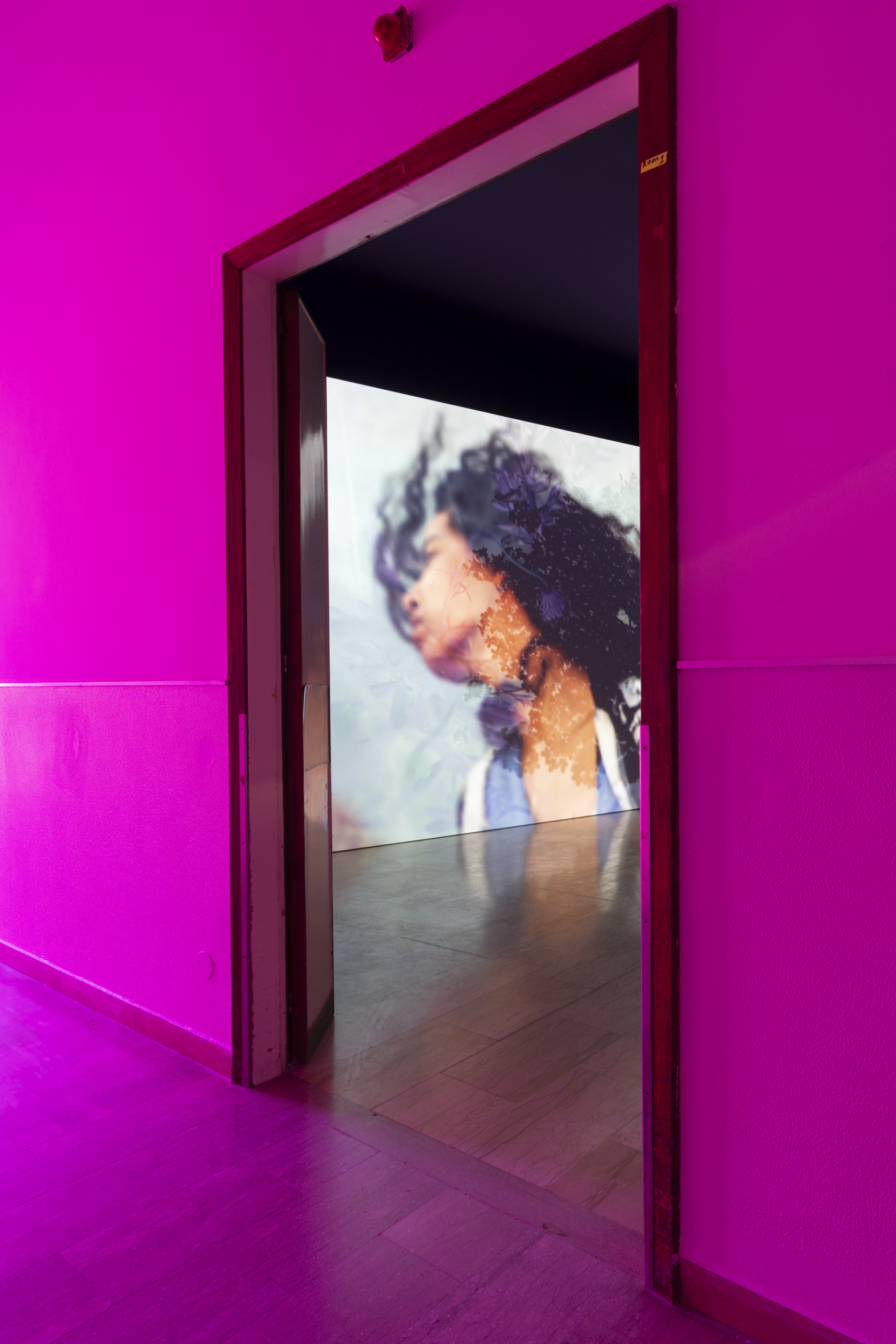
Basel Abbas and Ruanne Abou-Rahme, Until we became fire and fire us,2023–ongoing in “Nebula”, Fondazione InBetween Art Film at Complesso dell’Ospedaletto, Venice,2024.Courtesy of the artists, and Fondazione In Between Art Film
‘We wanted to use the same space, and clearly we were working with the same medium, so we started thinking of how to give a different experience to viewers,’ says Rabottini. ‘The dynamic was slightly different. We were aware of the space, and we made [the viewers] aware of the space.’
Each of the eight films has its own unique setting – variously defined, for example, by foil-lined walls, padded white medical fabric, or a ringing bell – which overflows out of its location into the rest of the building. There is a sense of dissonance and miasma as you negotiate the exhibition before landing on a work in its particular space.
‘Nebula’, by Fondazione In Between Art Film in Venice

Giorgio Andreotta Calò, Nebula, 2024 in “Nebula” Fondazione InBetween Art Film at Complesso dell’Ospedaletto, Venice,2024.Courtesy of the artists, and Fondazione In Between Art Film
On entering the venue’s 18th-century chapel, you are greeted by the towering triptych of Basir Mahmood’s Brown Bodies in an Open Landscape are Often Migrating (2024). A multi-channel work playing on three huge screens, designed to mimic the shape of a phone, dominates the space. A call and response is taking place; men beckon each other or signal with flags and we see shots of a rocky landscape mirroring the hand gestures of the frescoes that decorate the walls, barely visible in the near darkness. The film tells the story of those who migrate, walking through rural areas of Pakistan and how they communicate. Using social media and other methods, people share information on how to travel, their journeys sometimes taking years.
‘If you see from a Central European point, mostly people realise that these migrants exist when they are at their borders or at their shores,’ the artist says. ‘But these journeys take place, sometimes, over five or eight years, and they start travelling when as young as 12 years old. So imagine you start as a young boy, you end up as a teenager or a man when you arrive, and most of the time you don't end up there. For me, it was important to speak about the density, the vastness of the space and also the time that it takes to reach any destination.’
Chrisitan Nyampeta’s film When Rain Clouds Gather (2024), which follows three friends in New York trying to plan a night out, looks at the difficulties of different roles and positions in the art world. Through the lives of these friends, Nyampeta explores how politics, ideals and realities transfer from discussion into real life.
Wallpaper* Newsletter
Receive our daily digest of inspiration, escapism and design stories from around the world direct to your inbox.
‘For this film, I wanted to experiment with conventions alongside friends and collaborators, in search of forms that move at the rhythm of life,’ he reveals. ‘I wanted to find a way to commemorate and to imagine and to inspire into action, but never to manipulate.’
In the work, the friends discuss high and low culture, why one international crisis captures the public’s imagination and not another, and the dilemma of making art and maintaining a steady life and income.
‘If this film raises dichotomies, it is only because life itself is painfully contradictory’ continues Nyampeta. ‘The principal role of this film is to support ongoing and preceding conversations about what to do and how to do it in the face of the brutality from those who are supposed to look after us. The film does this playfully and with a lot of creativity and openness. Perhaps the resulting tension between the global histories bearing upon the world today paired with life's little annoyances create what can be described as dichotomies.’
Installed in the most recently built part of the hospital is Until we became fire and fire us (2023-ongoing) by Basel Abbas and Ruanne Abou-Rahme. Installed across five rooms, this work uses poetry, installation, music, performance and drawing, with several interlinked films to explore states of being related to their Palestinian heritage.
Another standout work is Ari Benjamin Meyers’ Marshall Allen, 99, Astronaut (2024) – a loving portrait of a 99-year-old flautist who is the last living member of the Sun Ra Arkestra jazz group – rounding out a stunning ensemble of works that make ‘Nebula’ a highlight of the biennale.
‘Nebula’, until 24 November 2024 at Complesso dell’Ospedaletto, Venice, inbetweenartfilm.com
For more must-sees, read our guide to the Venice Biennale 2024
Amah-Rose Abrams is a British writer, editor and broadcaster covering arts and culture based in London. In her decade plus career she has covered and broken arts stories all over the world and has interviewed artists including Marina Abramovic, Nan Goldin, Ai Weiwei, Lubaina Himid and Herzog & de Meuron. She has also worked in content strategy and production.
-
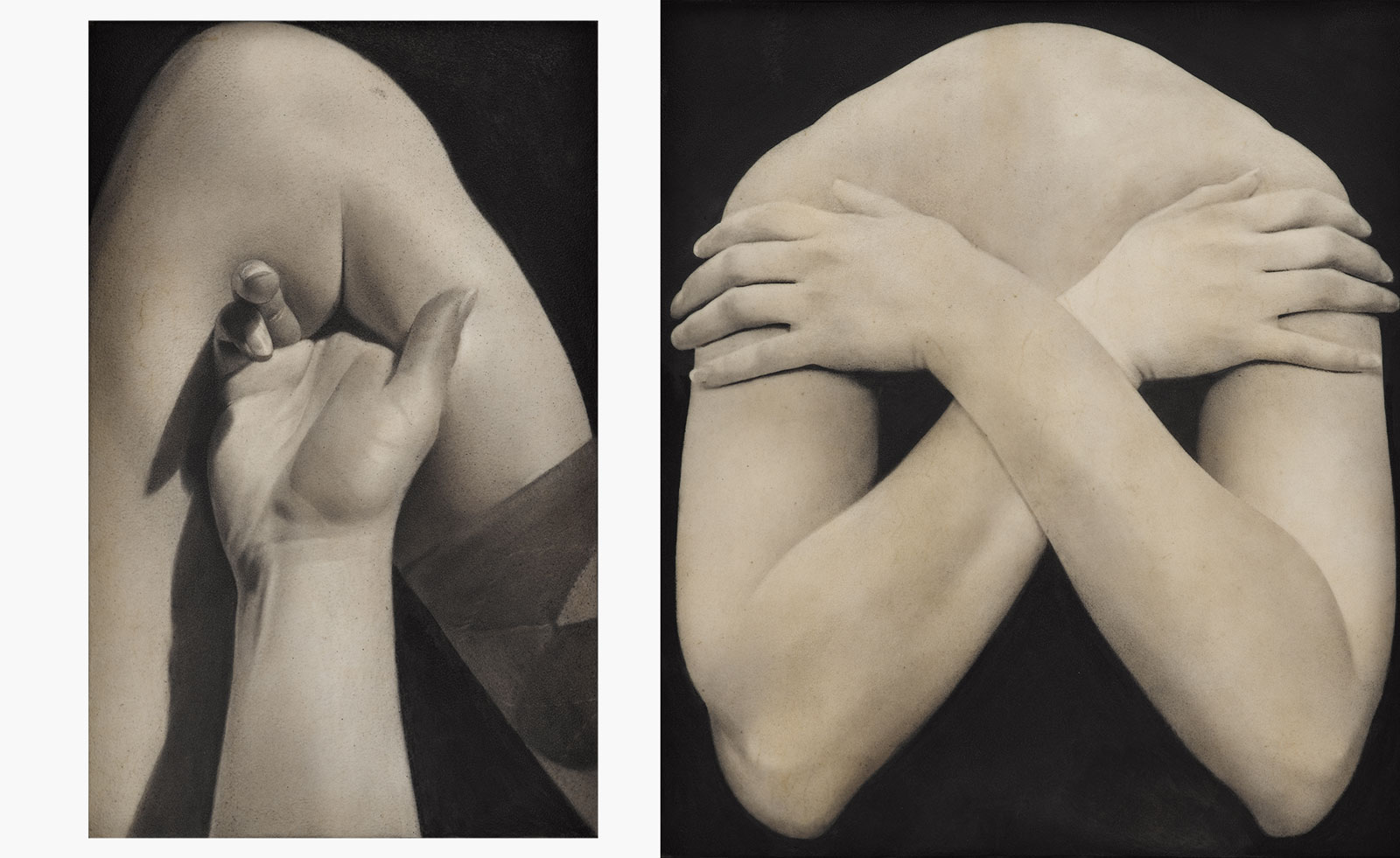 Put these emerging artists on your radar
Put these emerging artists on your radarThis crop of six new talents is poised to shake up the art world. Get to know them now
By Tianna Williams
-
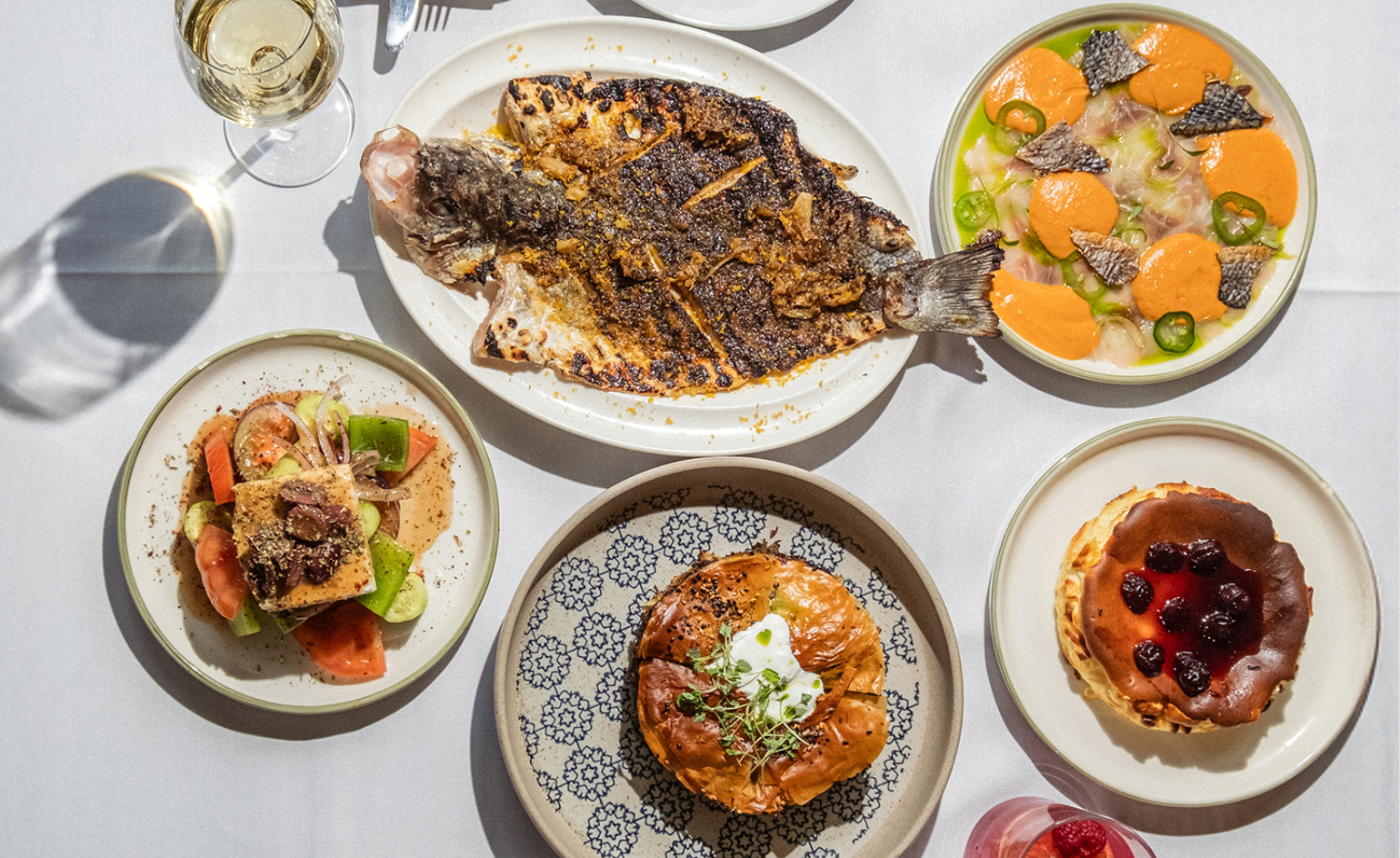 Dining at Pyrá feels like a Mediterranean kiss on both cheeks
Dining at Pyrá feels like a Mediterranean kiss on both cheeksDesigned by House of Dré, this Lonsdale Road addition dishes up an enticing fusion of Greek and Spanish cooking
By Sofia de la Cruz
-
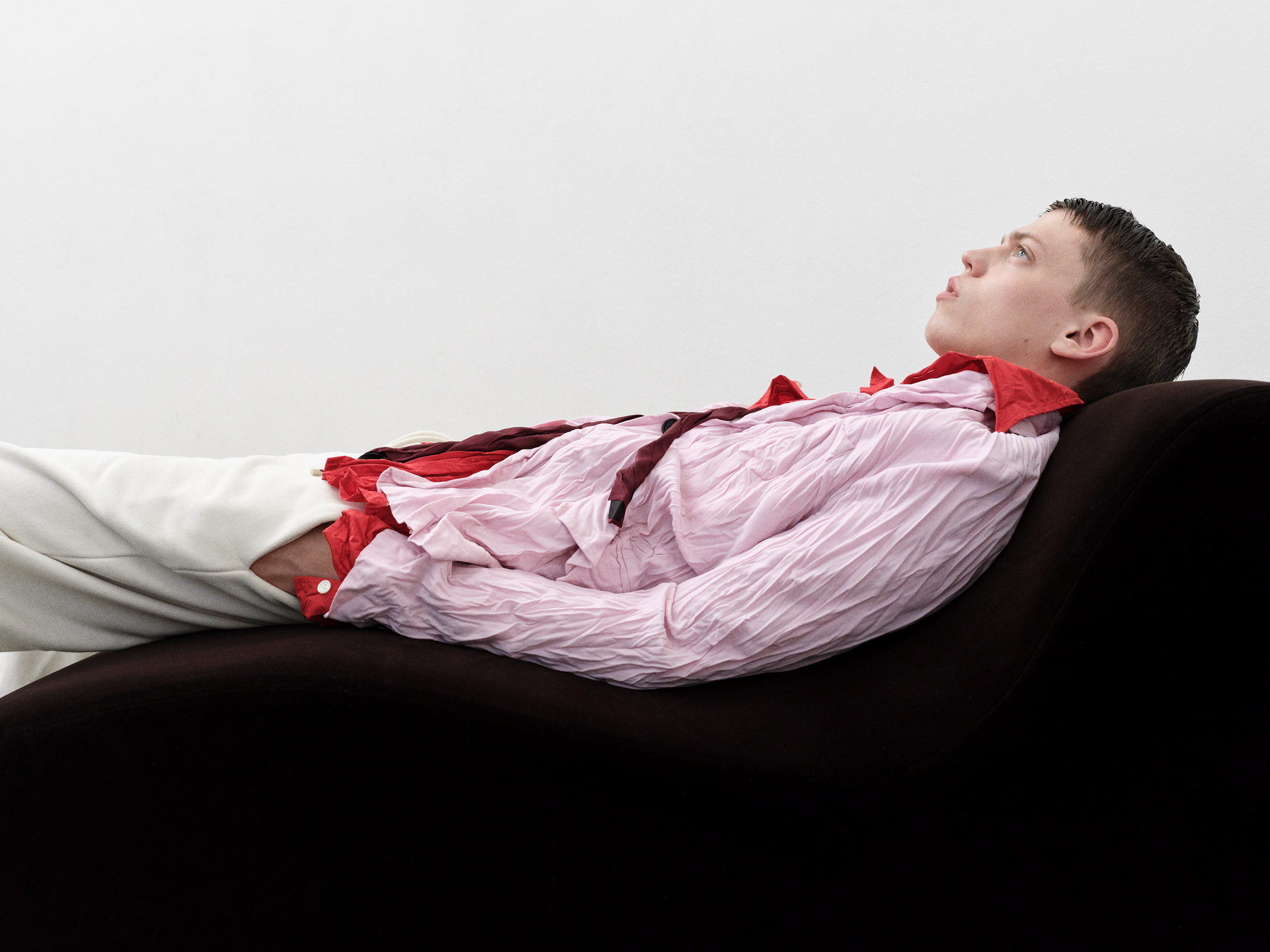 Creased, crumpled: S/S 2025 menswear is about clothes that have ‘lived a life’
Creased, crumpled: S/S 2025 menswear is about clothes that have ‘lived a life’The S/S 2025 menswear collections see designers embrace the creased and the crumpled, conjuring a mood of laidback languor that ran through the season – captured here by photographer Steve Harnacke and stylist Nicola Neri for Wallpaper*
By Jack Moss
-
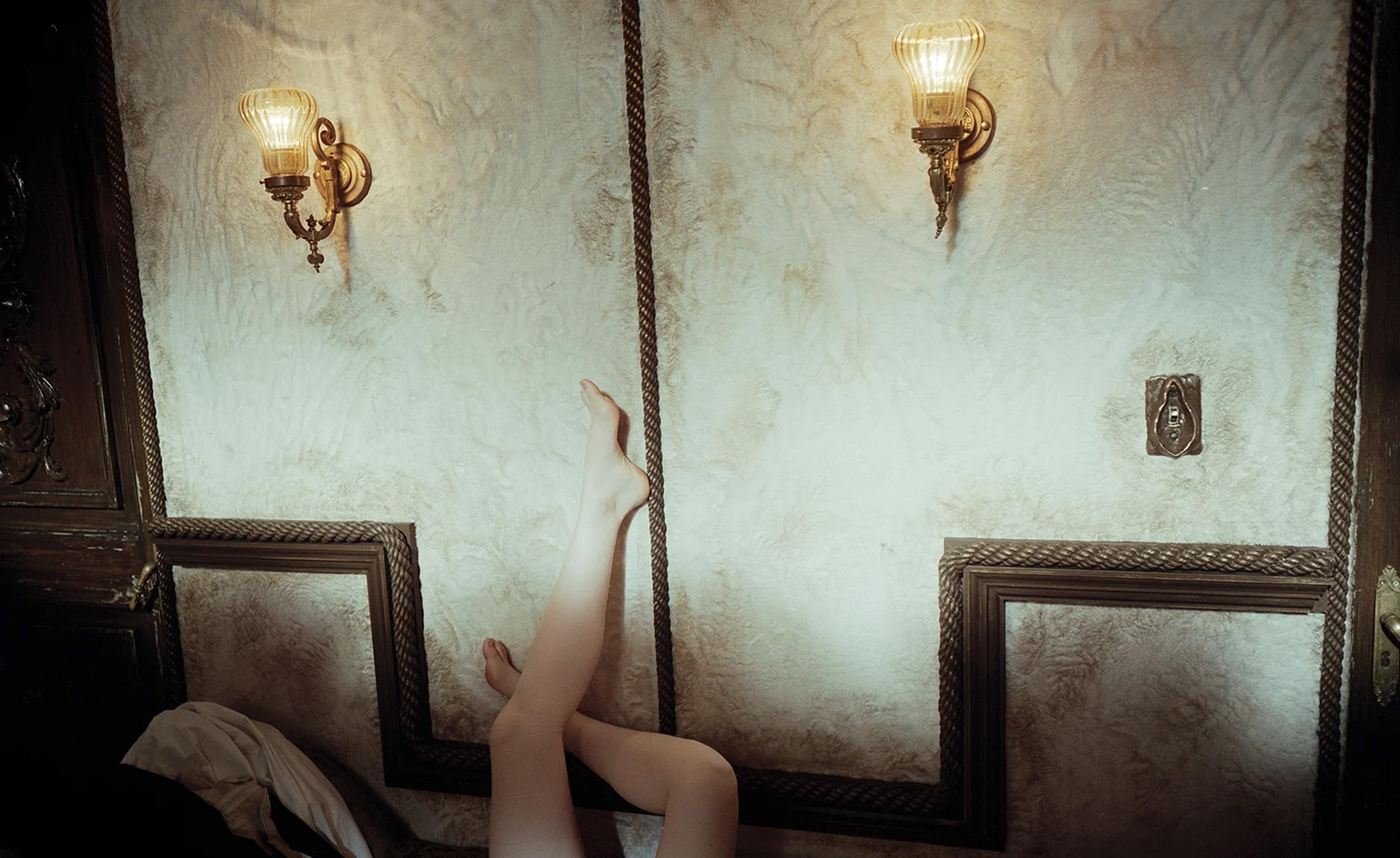 Unlike the gloriously grotesque imagery in his films, Yorgos Lanthimos’ photographs are quietly beautiful
Unlike the gloriously grotesque imagery in his films, Yorgos Lanthimos’ photographs are quietly beautifulAn exhibition at Webber Gallery in Los Angeles presents Yorgos Lanthimos’ photography
By Katie Tobin
-
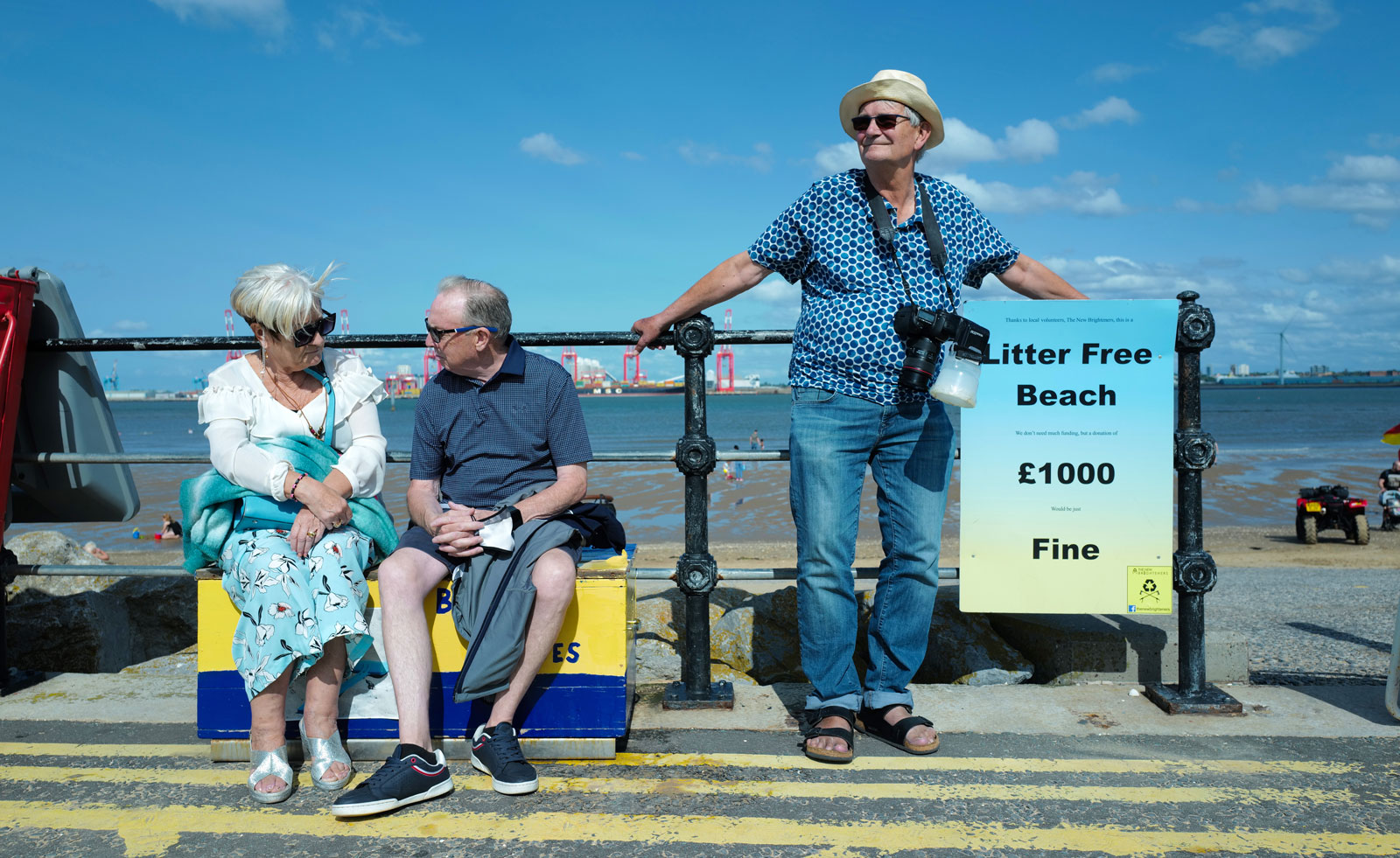 ‘Life is strange and life is funny’: a new film goes inside the world of Martin Parr
‘Life is strange and life is funny’: a new film goes inside the world of Martin Parr‘I Am Martin Parr’, directed by Lee Shulman, makes the much-loved photographer the subject
By Hannah Silver
-
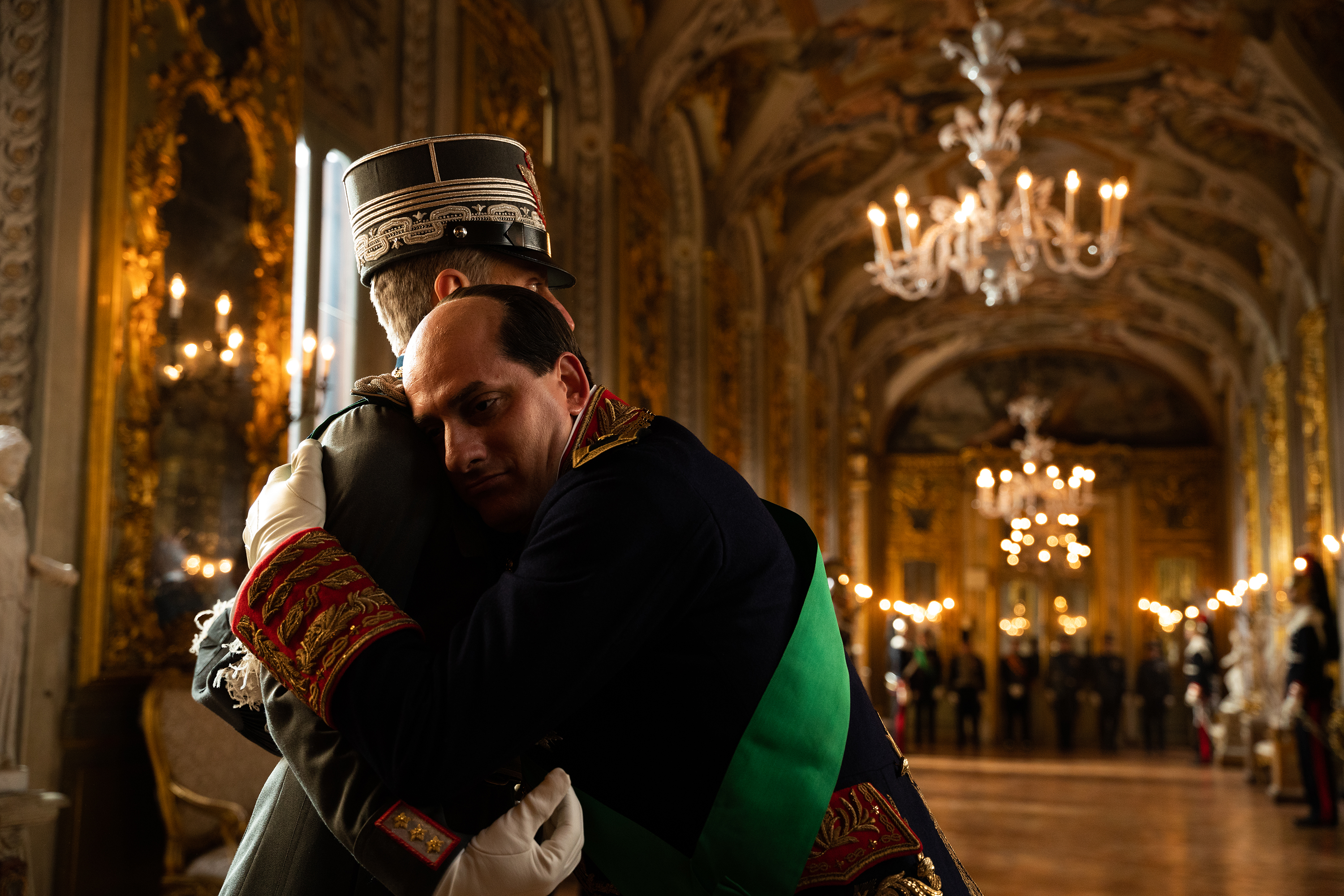 The Chemical Brothers’ Tom Rowlands on creating an electronic score for historical drama, Mussolini
The Chemical Brothers’ Tom Rowlands on creating an electronic score for historical drama, MussoliniTom Rowlands has composed ‘The Way Violence Should Be’ for Sky’s eight-part, Italian-language Mussolini: Son of the Century
By Craig McLean
-
 Meet Daniel Blumberg, the British indie rock veteran who created The Brutalist’s score
Meet Daniel Blumberg, the British indie rock veteran who created The Brutalist’s scoreOscar and BAFTA-winning Blumberg has created an epic score for Brady Corbet’s film The Brutalist.
By Craig McLean
-
 Remembering David Lynch (1946-2025), filmmaking master and creative dark horse
Remembering David Lynch (1946-2025), filmmaking master and creative dark horseDavid Lynch has died aged 78. Craig McLean pays tribute, recalling the cult filmmaker, his works, musings and myriad interests, from music-making to coffee entrepreneurship
By Craig McLean
-
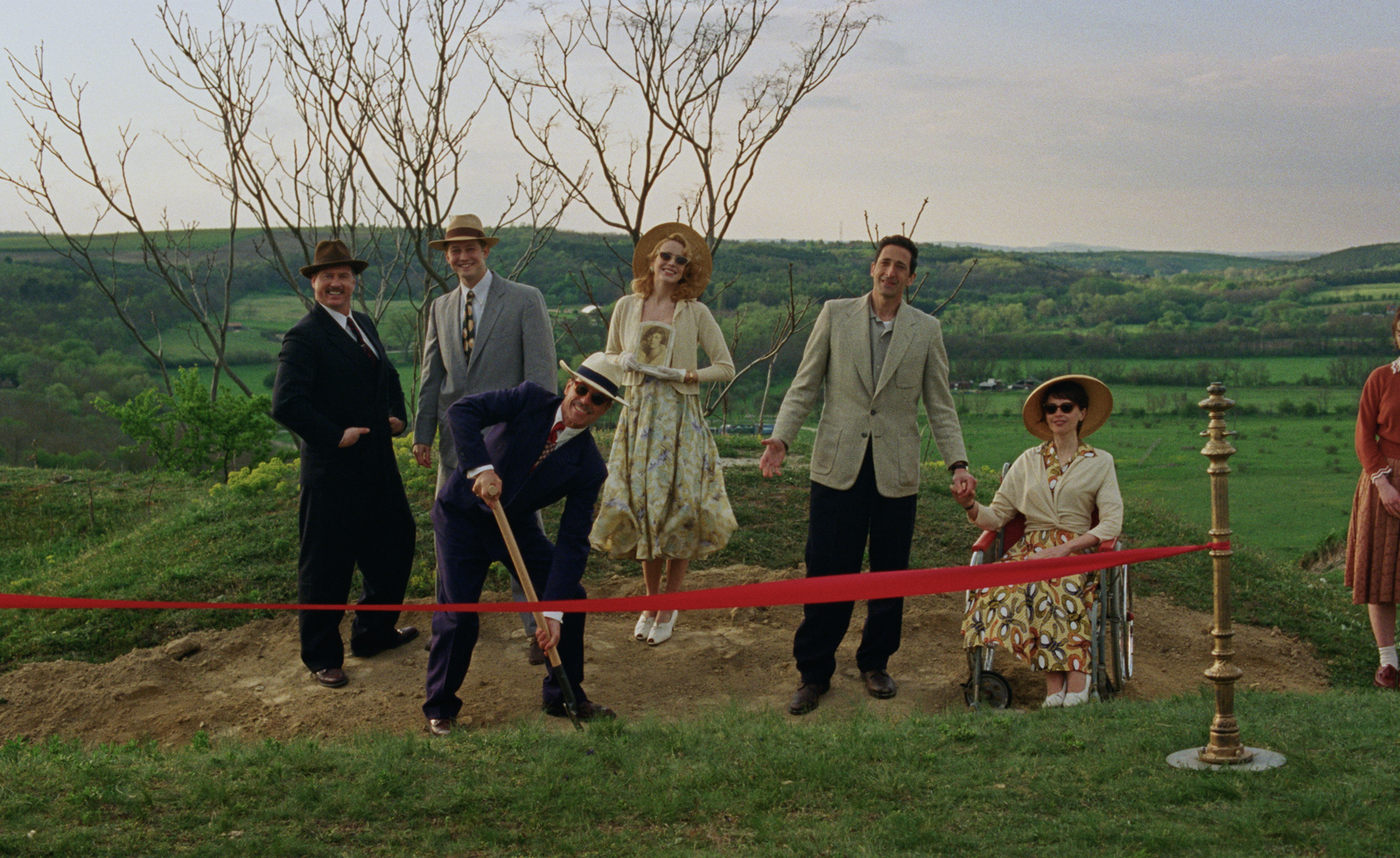 Architecture and the new world: The Brutalist reframes the American dream
Architecture and the new world: The Brutalist reframes the American dreamBrady Corbet’s third feature film, The Brutalist, demonstrates how violence is a building block for ideology
By Billie Walker
-
 ‘It creates mental horrors’ – why The Thing game remains so chilling
‘It creates mental horrors’ – why The Thing game remains so chillingWallpaper* speaks to two of the developers behind 2002’s cult classic The Thing video game, who hope the release of a remastered version can terrify a new generation of gamers
By Thomas Hobbs
-
 Don't miss Luxembourg's retro-futuristic lab pavilion in Venice
Don't miss Luxembourg's retro-futuristic lab pavilion in VeniceAs the Venice Biennale enters its last few weeks, catch 'A Comparative Dialogue Act' at the Luxembourg Pavilion
By Amah-Rose Abrams